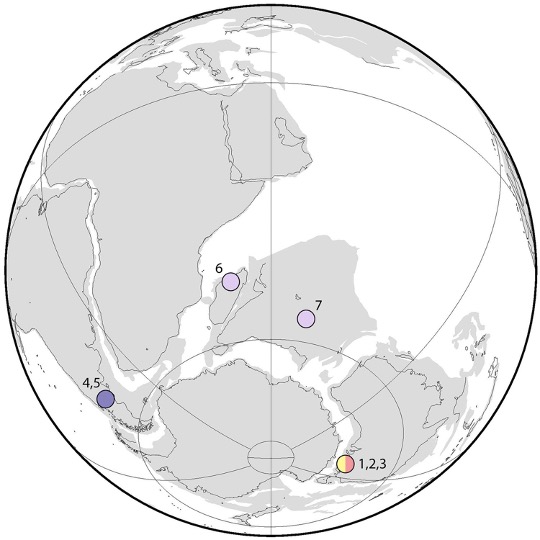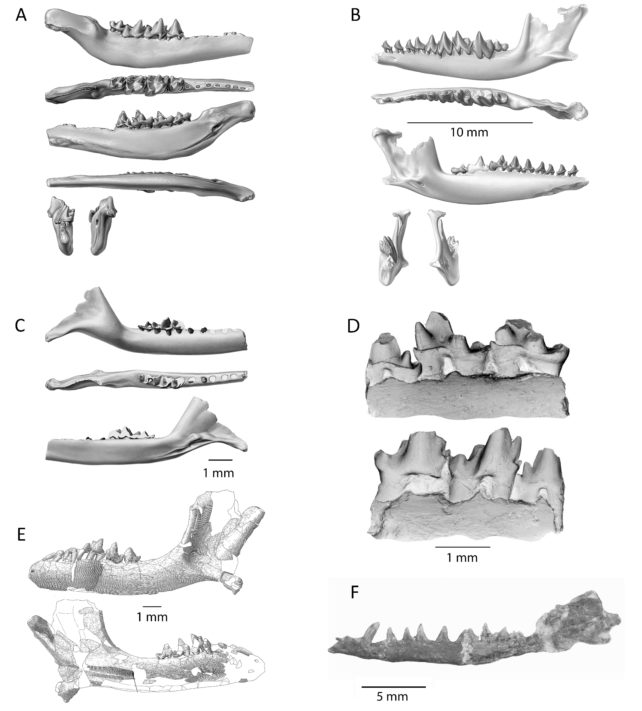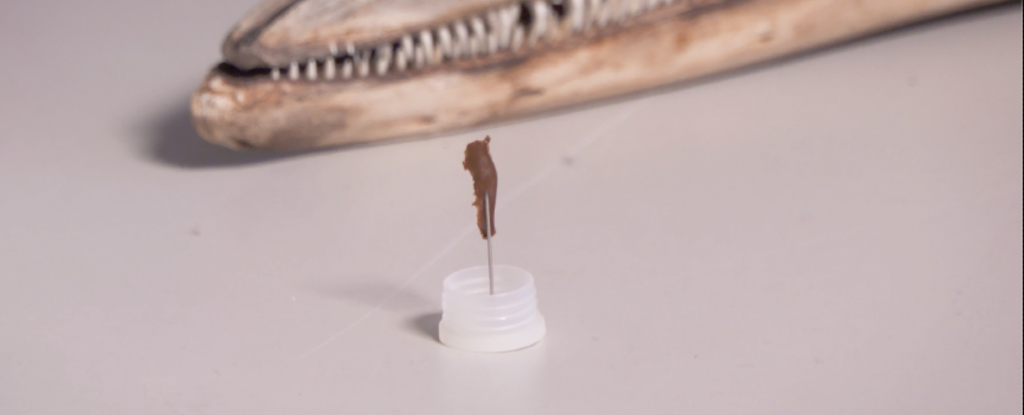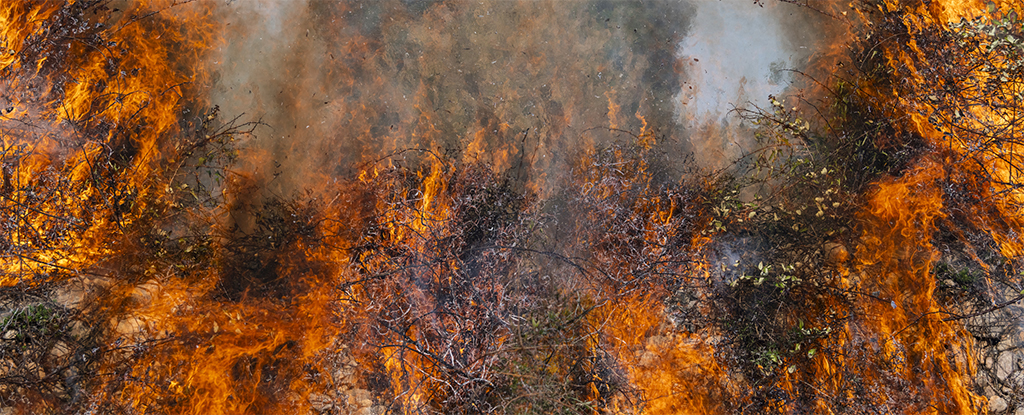It took over two and a decade Pandemic Per paleontologists to unite the fossilized remains of mammals’ earliest ancestors and discover that their evolution that gave rise to modern humans may have begun in the southern hemisphere – and not in the north as scientists have long assumed.
Analysis of a small collection of tiny fossilized jawbones with prominent molars is turning our understanding of when and where modern mammals evolved on its head, according to the team of researchers who created it.
Museums Victoria paleontologist Thomas Rich co-authored the new study and is a longtime fossil hunter.
He was part of the team that announced finding a on an Australian beach in 1997 after a 23-year search Jawbones of mammals with strange teeth such as had previously only been seen in Europe and North America. The jawbone was from a small shrew-like creature and dated to the Cretaceous period dinosaur hiked too.
Over the years, more and more mammalian jawbones have been excavated Mesozoic Era were discovered: in Madagascar, Argentina, India and most recently again in Australia.
Any of these specimens measuring an inch or less had characteristic molars. According to the latest analysis, which she revisits, the oldest fossil is about 50 million years older than those found in the northern hemisphere.
“This amazing series of discoveries has completely transformed our long-held theory of mammalian evolution. In fact, it turns our ideas about mammalian evolution on their head,” says Rich says.
The tiny teeth in question are called tribosphenic molars, which interlock above and below to cut, shred, pierce, and grind plant food and insect prey.
During the pandemic, respected paleontologists Tim Flannery and Kris Helgen, senior scientist at the Australian Museum, had the idea to revisit Australia’s three tribosphenic mammal fossils – the most recent of them Richly described in 2020 — and started sifting through the scholarly literature to see what else they could find.
They realized that these strange teeth united the early mammalian fossils found in the southern hemisphere, and that the Argentine specimen was the oldest of the group, millions of years older than any early mammalian fossils found in the north.
From there, they designed an alternate origin story for mammals whose ancestors may have hopped between the southern continents, converging on a supercontinent called Gondwana about 125 million years ago, before moving north.
Based on the age of the fossils and their anatomical similarities, the team believe they represent the earliest ancestors of marsupials (like Australia’s koalas and wombats) and placentals (including humans), grouped together as essential mammals.
“Our research shows that Theria evolved in Gondwana, thriving and diversifying there for 50 million years before migrating to Asia during the early Cretaceous.” explained Heglen. “Once they arrived in Asia, they quickly diversified and filled many ecological niches.”

The researchers suspect that the specialized molars of our earliest mammalian ancestors may have been key to their evolutionary success. But the evolution of the early mammals that survived the dinosaurs did has long fascinated scientists and will no doubt continue to attract constant scrutiny.
In paleontology, as in any science, the weight of the evidence speaks volumes. And for over 200 years, the diversity of mammals living in the northern hemisphere and the abundance of fossils found there led scientists to believe that the ancestors of placental and marsupial animals emerged north and spread south.
However, research shows that the fossil record may be distorts who is looking where. For now, all we have to do is challenge this longstanding theory of mammalian origin with this small cluster of tiny teeth — and it took several decades for even these seven specimens to be found.

“From a global perspective, it is the most important piece of paleontological research I have ever published, but it may take some time before it gains full acceptance among researchers in the northern hemisphere.” says Flannery.
It even took a long time before he accepted the results of the analysis. “I’ve resisted the conclusion for as long as I can, but the evidence is compelling,” Flannery told Australian Geographic Science and Environment Editor Karen McGhee.
In fact, not all paleontologists are convinced of this. While Flannery and his team are touting this new revelation as a powerful discovery that will revolutionize our understanding of mammalian evolution, notes Flinders University paleontologist Gavin Prideaux says Their conclusions are based on “the tiniest, shittiest little shards” of fossilized teeth.
As he told the Sydney Morning Herald, another interpretation could be one convergent evolution: that these tribosphenic molars evolved at similar times in a few different locations. “The jury is still out,” he said says.
The study was published in Alcheringa: An Australasian Journal of Paleontology.





